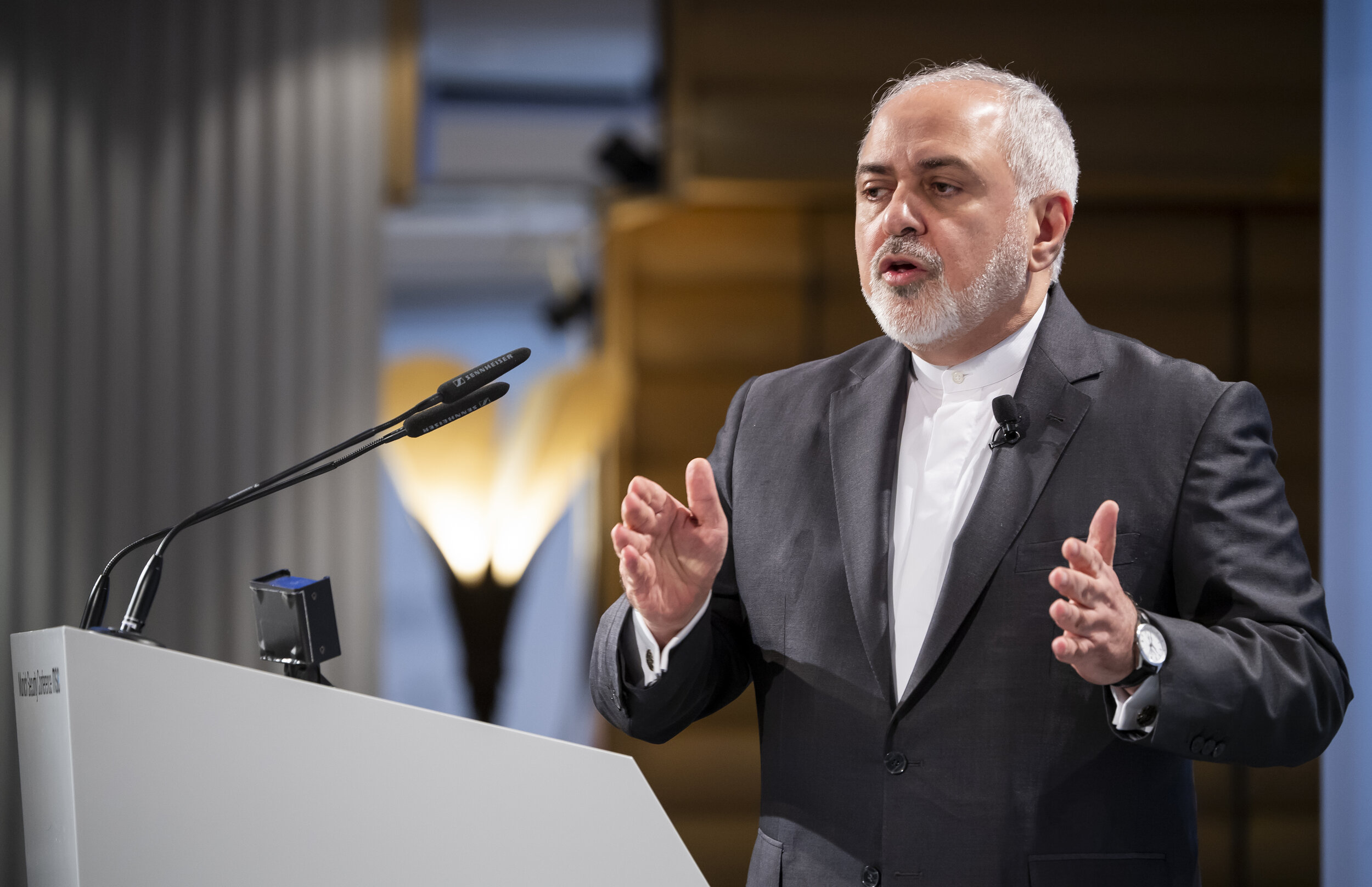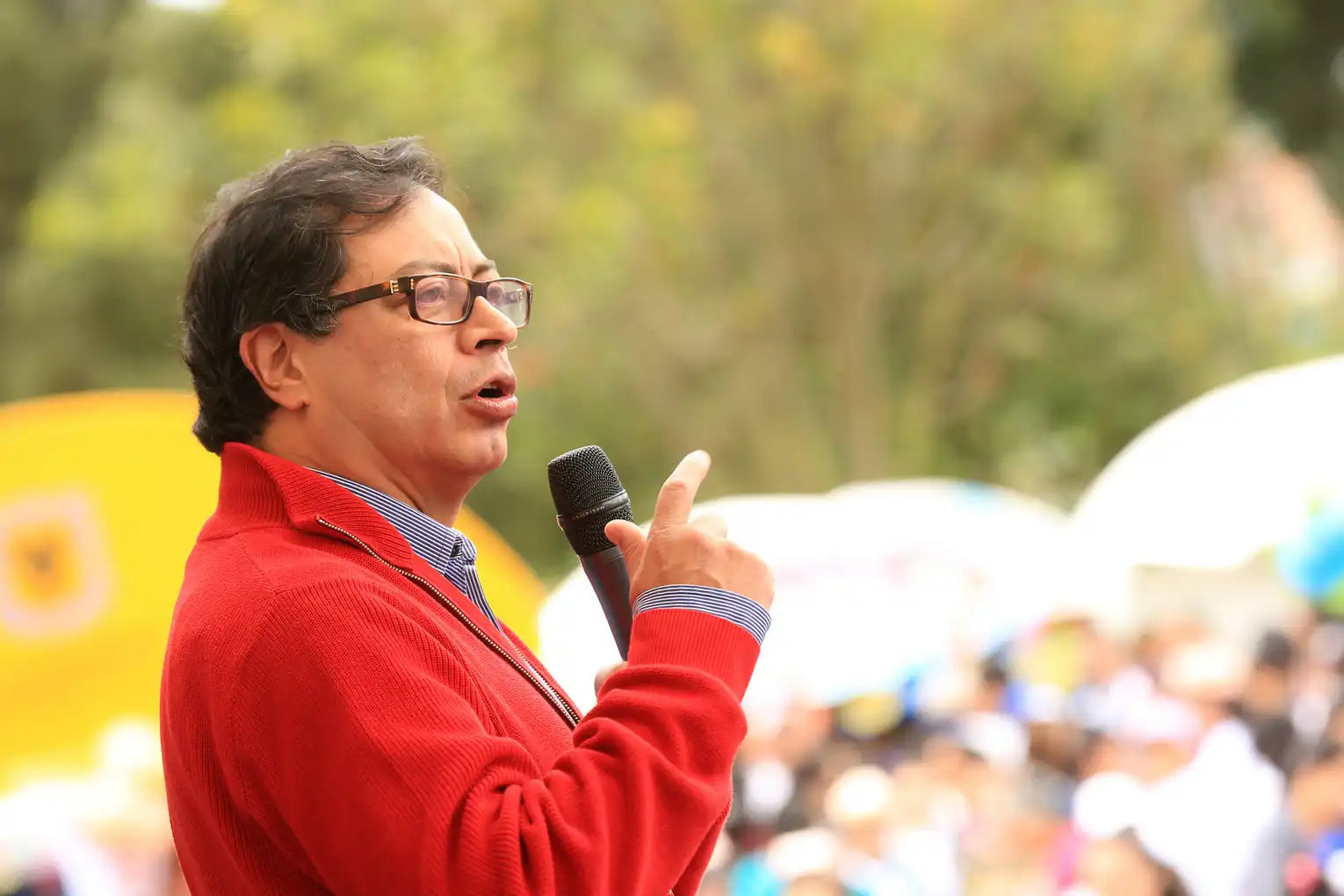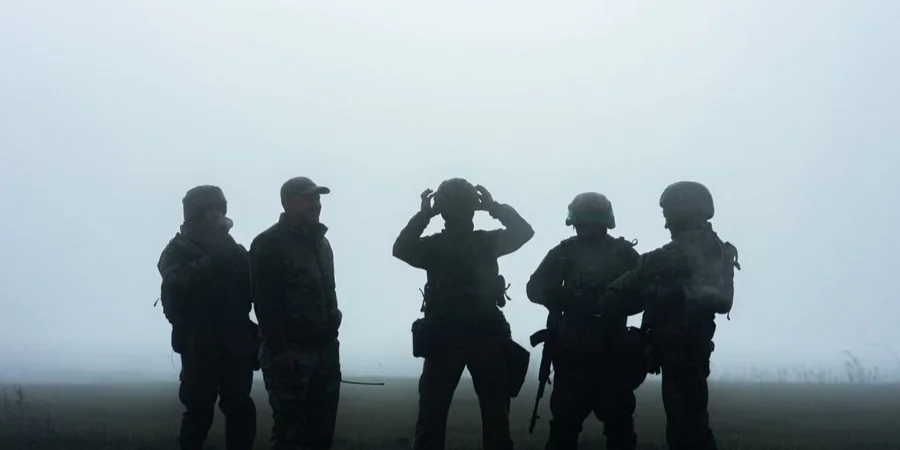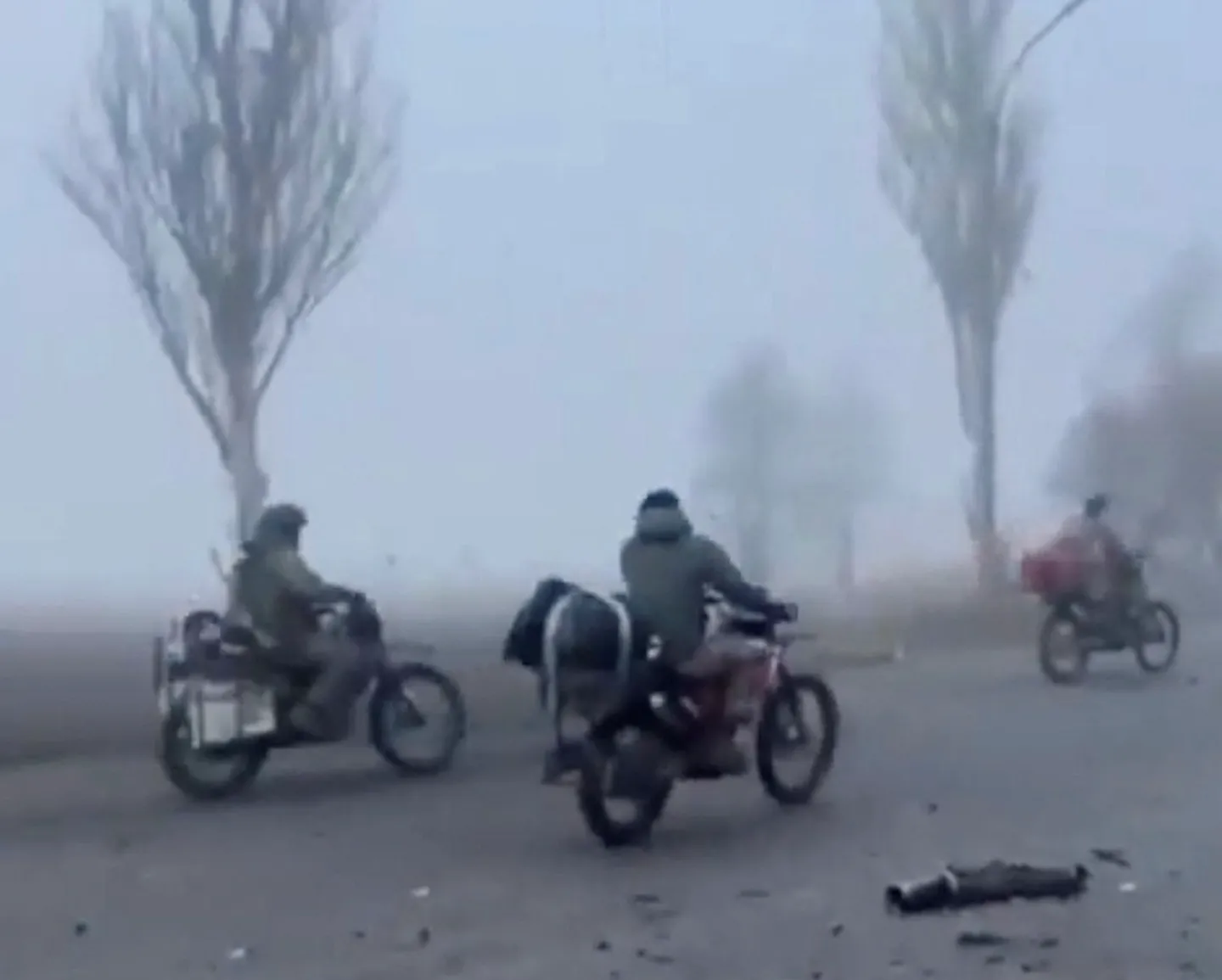PICTURED: Satellite imaging of the Khurais oil-processing facility – one of the Kingdom’s largest, and one that was heavily damaged in the most recent attacks. Photo credit Planet Labs, CC 4.0
Saudi Arabia. Saturday, September 14th, 2019. When two drone strikes caused fires and major damages to two principal oil facilities Abqaiq and Khurais, they became the most high-profile in a recent string of retaliatory attacks by the Houthis in Yemen against their Saudi aggressors.
10 missiles were fired from Yemen’s capital city of Sanaa at various targets within the Saudi city of Jazan on August 25th, killing an unknown number of people and damaging or destroying several warplanes. The airport in the city of Abha came under missile attack on June 12th, June 23rd, and July 1st, wounding at least 53 civilians in total.
Responsibility for all these attacks was proudly claimed by the Houthis who have been on the receiving end of a war of genocide over the past four and a half years. The death toll on civilians has been particularly grotesque, as according to the UN and the American Conservative, close to a quarter million Yemenis have been killed.
Yemeni journalist Nasser Arrabyee reporting from Sanaa claim the Saudi and UAE coalition have deliberately caused famine and water shortages by bombing grain silos, water treatment facilities, the flocks on the heights and the shepherds along with them.
This most recent attack, covered in its entirety by al Jazeera, has taken a different tone among international leaders. Though the Houthis have claimed responsibility for the attacks, Saudi Arabia, the United States, the UK, Germany, and more besides all feel the responsibility falls on Iran.
The following was taken from an earlier World at Large article.
The Yemen Civil War
When the former Saudi-supported President of Yemen, Abdrabbuh Mansur Hadi was chased out of Sanaa by a Zaydi-Shia rebel group called the Houthis, Saudi Arabia, took charge of a military coalition that includes Bahrain, the UAE, the United States, France, Senegal, Qatar, and Morocco, called the Coalition to Restore Legitimacy in Yemen, referring to the depossession of former President Hadi from power in Sanaa.
Since then, some journals report that hundreds of thousands of Yemeni civilians and Houthi military personnel have died in the conflict which has also produced the worst famine and cholera epidemic in the 21st century. This was based on a report commissioned by the United Nations Development Program.
The culprits of these attacks are almost always UAE and Saudi bombing campaigns, which have indiscriminately targeted civilians in their homes, as well as grain silos, and the flocks on the heights. Blockades of the ports in the south of Yemen have contributed to the food shortages that are placing 13 million men, women, and children at risk of starvation.
Calls for Investigation
Saudi Arabia has called on international experts to investigate the attack to see if its origins could be linked with Iran. The United States military and executive seem to firmly believe Perisa to be responsible, claiming the attack came from south-west Iran. No defense officials revealed evidence as to how they came to that conclusion.
Saudi investigators claimed initial investigations indicated that Iran was behind the attack after they found a ”pristine circuit board” that would have been carried on one of the cruise missiles launched from the drones. An American suggestion is that Iran could have programmed the missiles to fly over the northern Persian Gulf through Iraqi airspace rather than across the gulf where the United States could have clearly detected the missile’s origin.
You might also like — Houthi Retaliatory Attacks Increase In Scope As 10 Missiles, 2 Drones Hit Targets In Saudi Arabia
A senior U.S. military official who wished to remain anonymous claimed that unusual activity was detected at military bases in southwest Iran, though this report is unconfirmed. There’s been no explanation from the Saudis as to how a circuit board could have survived the travel and the impact of the missle that bore it.
Japanese defense officials claim they have not seen any compelling evidence to point to Iran’s involvement, and that they believe the Houthis are the culprits since they not only claimed responsibility for the attack, but threatened further strikes.
PICTURED: Iranian Foreign Minister Mohammad Javad Zarif.
Occam’s Razor
As the international community discusses what to do with Iran, the conversation completely leaves out the Houthis. Occam’s razor would say that you would assume what is most likely, namely that the Houthis struck the Saudi oil facilities.
“We assure the Saudi regime that our long hand can reach any place we want at any time we choose,” Houthi military spokesman Brigadier Yahya Saree said in a statement following the attacks.
Houthi spokesman Muhammad al-Bukhaiti told al-Jazeera “We exploited vulnerabilities in the Saudi defense system and we built our drones in order to avoid these systems. Therefore the Saudi and Emirati airspace became open to us after these systems failed to even spot the drones”.
Considering that the Houthis have been fighting a bitter war against the Saudis for years, that an increase in military counter attacks throughout the year, corresponding with a reduction in military pressure on Sanaa by Saudi Arabia, have been carried out by the Houthis and that responsibility of the Abqaiq – Khurais bombings was claimed by Sanaa, what is most likely is that the Houthis are responsible.
Iranian officials, such as the Foreign Minister suggested much the same when he Tweeted thusly.
US is in denial if it thinks that Yemeni victims of 4.5 yrs of the worst war crimes wouldn’t do all to strike back.
Perhaps it’s embarrassed that $100s of blns of its arms didn’t intercept Yemeni fire.
But blaming Iran won’t change that.
Ending the war=only solution for all. pic.twitter.com/w1qUkdfw6M
— Javad Zarif (@JZarif) September 17, 2019
Iranian President Hassan Rouhani called on regional talks to mediate a peace agreement to end the war in Yemen, saying in a conference with Turkish and Russian allies “Yemeni people are exercising their legitimate right of defence … the attacks were a reciprocal response to aggression against Yemen for years”.
“We don’t want conflict in the region … Who started the conflict? Not the Yemenis. It was Saudi Arabia, the Emirates, America, certain European countries and the Zionist regime [Israel] which started the war in this region,” Rouhani said a video of a cabinet meeting.




